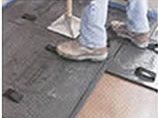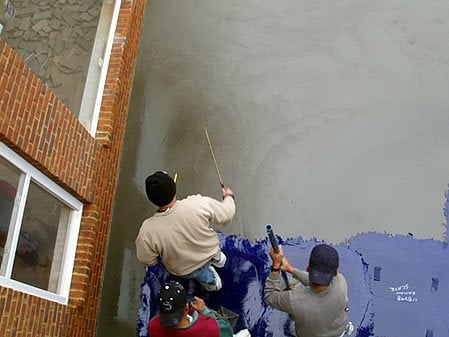- Concrete Stamps
- Get the Look - Stamping Pictures
- Buying Tips for Concrete Stamping Tools: Advice that will help you make smart choices
- Concrete Stamp Cost
- Types of Concrete Stamps: A comparison chart of popular stamps & patterns
- Stamping & Texturing Tools
- Concrete Stamp Mats
- Concrete Texturing Skins
- Medallion Stamps
- Texture Rollers
- Step Forms & Liners
- Installing Stamped Concrete
- How to Stamp Concrete
- Coloring Stamped Concrete
- Concrete Stamp Release Agent
- Sealers for Stamped Concrete
Types of Concrete Stamps
A comparison chart of popular stamps & patternsThere are a variety of stamping tools available for today’s contractor. Most experienced stamping contractors find that having a combination of different tool types and patterns is ideal. Often you’ll find yourself using a variety of tools on a single job. Because of this reality, many manufacturers sell stamping sets that include rigid mats, floppies and sometimes even texturing skins. Use the chart below to determine what tools you’ll need and what patterns are most popular.
| Ridgid or Semi-Rigid Mats | The sturdiest stamps available, leaves the best impression. Not flexible, won’t conform to contours. | Brickform |
 Brickform |
 Brickform |
| Flex Mats (or Floppies) | Pliable and can be bent around slab edges or walls. No handles and you can’t stand on them. | 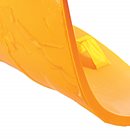 Brickform |
||
| Texturing Skins | Pliable, great for slab edges and don’t require pattern alignment. Depth of detail is less pronounced. |  Brickform |
 Brickform |
 Brickform |
| Seamless Magnetic Pattern Stamps | Magnets lock together for quick and perfect alignment. Touch up work is eliminated and productivity is improved. |  Proline |
 Proline |
 Proline |
| Medallion Stamps | Provide an extra level of customization, typically semi-rigid. | 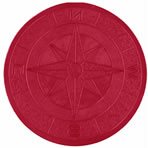 Proline |
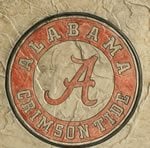 Proline |
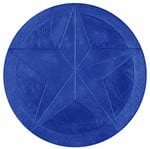 Proline |
| Step Forms & Liners | Easily impart textures, patterns & profiles to step faces. | 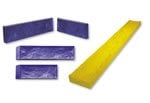 Brickform |
Butterfield Color |
Butterfield Color |
| Texture Rollers | Imprint a repeated texture along slab edges or use for quickly texturing borders and bands. | 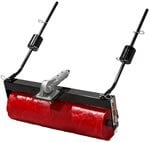 Butterfield Color |
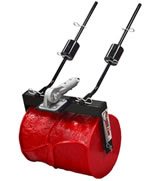 Butterfield Color |
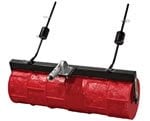 Butterfield Color |
| Radial Stamps | Create distinct circular patterns of any size with these multi-piece stamping kits. | 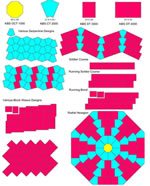 Proline |
 Brickform |
How to Match the Stamp Type with the Application
There are the three basic types of stamping tools for concrete flatwork. Each serves a different purpose, and for most jobs you'll need more than one type.
Rigid or semi-rigid mats
These are the sturdiest of the mat types and are firm enough to stand on. They also have handles for easy lifting and moving. The primary difference between the two is the hardness of the polyurethane used. The rigid mat is the firmest type and has zero flex. The semi-rigid mat has a slight degree of flex, permitting it to conform to contours in the concrete.
Applications: Generally, you'll use a rigid mat to imprint the majority of the stamping job because it will leave the best impression, especially with deeper patterns. However, some contractors prefer to use a semi-rigid mat because they can feel the underlying contour of the concrete better, says Harris. He also notes that the more flexible semi-rigid mat works well where there are undulations in the slab, such as on sloped areas or on driveway aprons where the ends flare up slightly.
Flex mats (or floppies)
The floppy is about half the thickness of a rigid mat and made with a more pliable urethane, so you can bend the mat to a 90-degree angle to conform to slab edges or walls.
Applications: Floppy mats have no handles and aren't rigid enough to stand on, so their primary purpose is to work along edges, in confined areas such as corners, and up against walls, stairs, and columns. Floppies are typically available in the same patterns as the rigid mats so they are ideal for filling in areas where the mats can't work, minimizing final touch-up.
Texturing skins
Skins are ultra-thin and pliable, with feathered edges that overlap so they produce seamless texture without any grout lines. Like mats, they come in a variety of textured patterns, but the depth of detail is less pronounced.
Applications: On many projects, you'll need to use both mats and texturing skins. The skins are ideal for impressing texture along the slab edges. This is important because when you're working with a nonflexible stamp, the tool will overlap the edge of the form and you won't be able to fully depress it into the concrete. Skins are also handy for texturing vertical faces, such as stair risers.
If you're after a completely seamless look, you can even use skins in lieu of mats for the entire concrete surface. For contractors new to stamping, skins can be the easiest method of creating texture because you don't have to worry about pattern alignment.
Another application for skins is to fix blemishes from nonuniform stamping. "For touching up or fixing minor surface flaws, a texture skin can be your biggest ally," says Harris. "It can be used as an eraser to correct unevenness or nonuniformity."
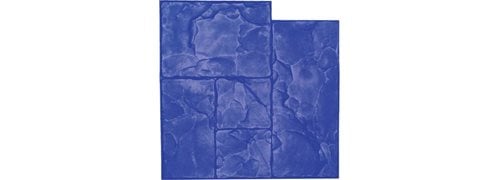 Ashlar Cut Slate Stamp
Hand-tooled with a pronounced texture
Ashlar Cut Slate Stamp
Hand-tooled with a pronounced texture
 Herringbone Used Brick
Tool Size is 44" x 27"
Herringbone Used Brick
Tool Size is 44" x 27"
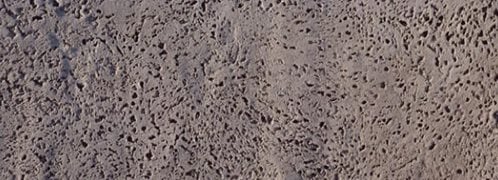 Travertine Coarse
Groutable
Travertine Coarse
Groutable
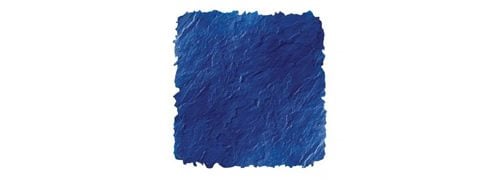 Bluestone Texturing Skin
6 skin set - only $1,173.20
Bluestone Texturing Skin
6 skin set - only $1,173.20
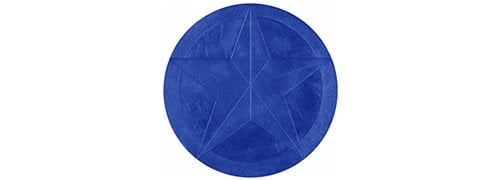 Five Point Star Medallion
Concrete stamp only - $292.00
Five Point Star Medallion
Concrete stamp only - $292.00
 Brickform Stamping Tools
Precision stamping tools
Brickform Stamping Tools
Precision stamping tools
